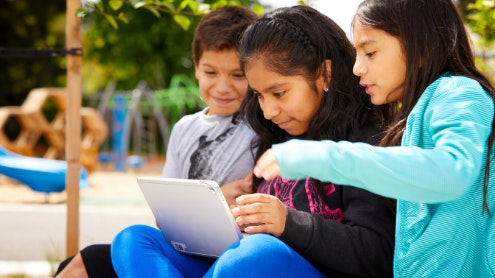Homepage
•
Learning Library
•
Blog
•
Lessons to Keep Hour of Code Going Year-Round
Expand breadcrumbs
Expand breadcrumbs
- Learning Library
- Blog
- Lessons to Keep Hour of Code Going Year-Round
- Homepage
- •
- Learning Library
- •
- Blog
- •
- Lessons to Keep Hour of Code Going Year-Round
Lessons to Keep Hour of Code Going Year-Round
By Jorge Valenzuela
November 29, 2021








